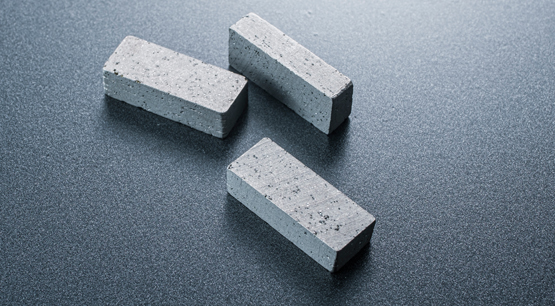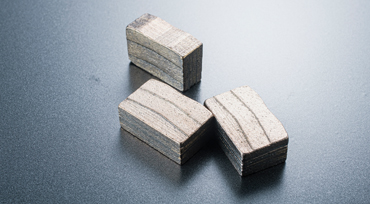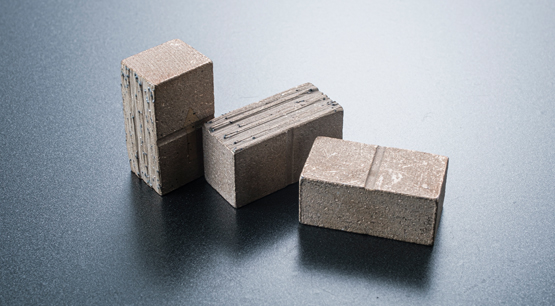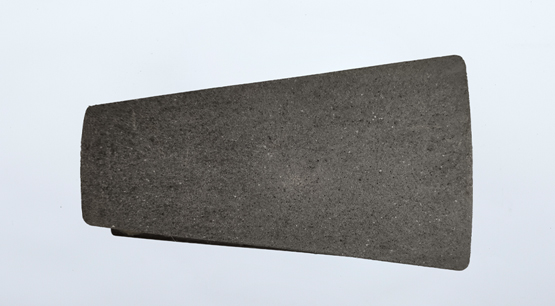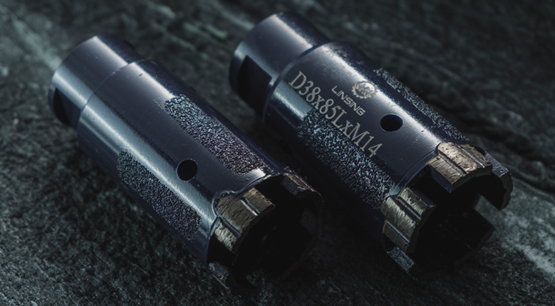Diamond Segment is a product made of diamond, which has extremely high hardness and wear resistance, so it is widely used for cutting and processing various materials, including metal, stone, ceramics, glass and so on. The characteristics, manufacturing process and application fields of diamond segments will be introduced in detail below.
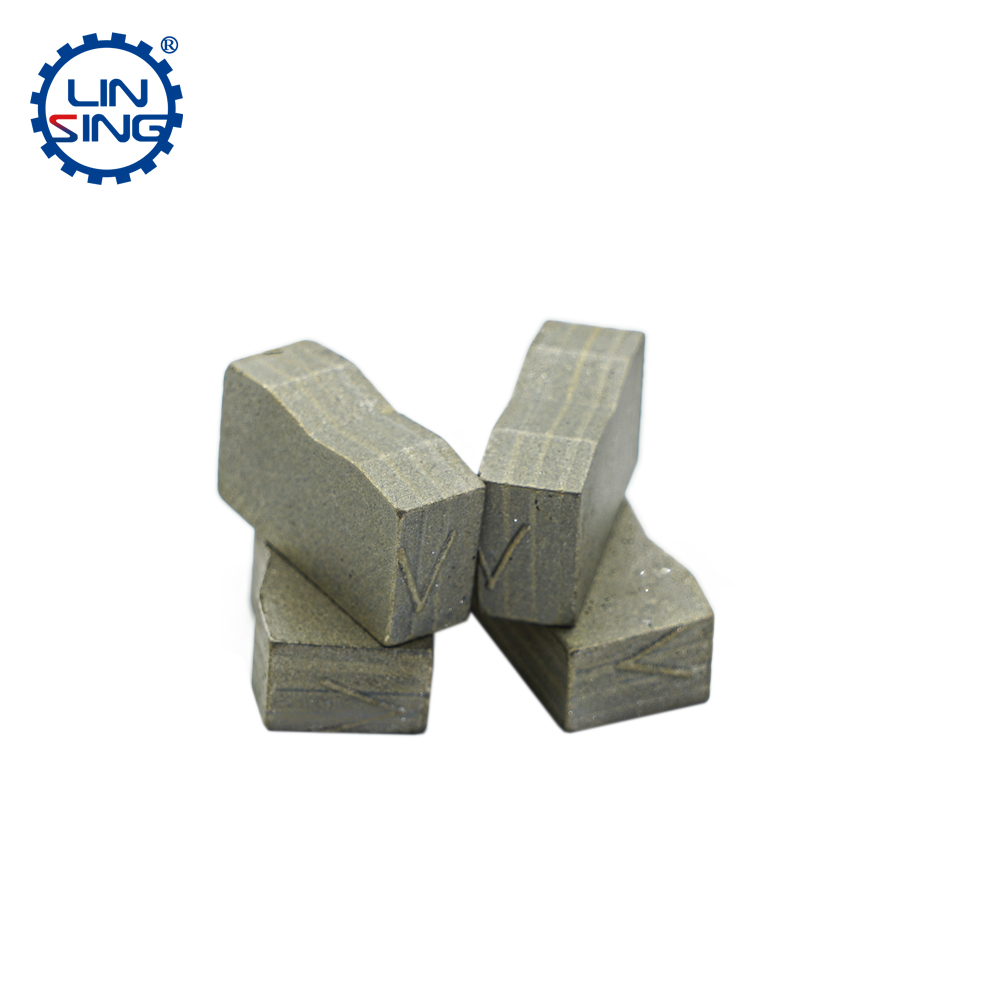
1. Feature
Diamond is one of the hardest substances in nature, with a hardness of 10, much higher than the second hardest substance, sapphire, which has a Mohs hardness of 9. Diamond's hardness and wear resistance make it ideal for cutting and machining the material. The diamond segment has the following characteristics:
Extremely high hardness and wear resistance. The diamond segment can be used under extremely high temperature and pressure, and keep its shape and cutting effect unchanged, which has a longer life than the traditional segment, reduces the number of times to replace the segment, and improves the efficiency.
High efficiency. Diamond segments quickly and accurately cut and process a wide variety of materials, including the hardest materials such as stone and ceramics.
Easy to clean. The design and material of the diamond segment make it very easy to clean, which can reduce work stop time and improve production efficiency.
Smooth cut. Diamond segments produce smooth, fine cuts without damaging the surface of the material.
2、Craftsmanship
The production of diamond segment needs to go through many processes, including the following steps:
Material selection. The materials used to make diamond segments are usually diamond micropowder and metal powder. The selection of high-quality raw materials can ensure the quality of the diamond segment.
Mix. Mix diamond micropowder and metal powder in proportion, and add an appropriate amount of binde in the mold.
suppress. The mixture is put into molds and pressed under high pressure to give it its shape.
Sintering. The shaped segment is put into a high-temperature furnace for sintering to make it harder and wear-resistant.
Mold removal: during the production of diamond segments, molds are usually made of materials such as metal or ceramics. After the segment is formed, the mold needs to be removed from the segment. Typically, molds are completed using specialized mold removal machinery to ensure that the smoothness and integrity of the segment surfaces are not compromised.
Cooling treatment: after the diamond segment is formed, cooling treatment is required. This is because during the manufacturing process, the diamond segment will generate a very high temperature. In order to prevent it from being overheated and losing its performance, it is necessary to use cooling methods to reduce the temperature. Commonly used cooling media are water, oil and air.
Cut and separation: put the cooled diamond segment on the cutting machine for separation and trimming. Through the high-speed rotation of the machine, the excess material can be cut off so that the size and shape of the segment meet the requirements.
Grinding: there will be unevenness on the surface of the diamond segment after cutting, which needs to be ground. The purpose of grinding is to make the surface of the diamond segment smoother, and at the same time improve the accuracy and quality of the segment.
Cleaning: After the segment has undergone processes such as cooling, cutting and grinding, it needs to be cleaned to remove dust and impurities on the surface. This can be done using solvents and cleaning equipment.
Quality inspection: after all the processes are completed, the diamond segment needs to undergo quality inspection to ensure that it meets the requirements. Quality inspection usually includes visual inspection, dimensional measurement, hardness test, toughness test, etc. to ensure that the quality and performance of the diamond segment meet the manufacturing standards.




